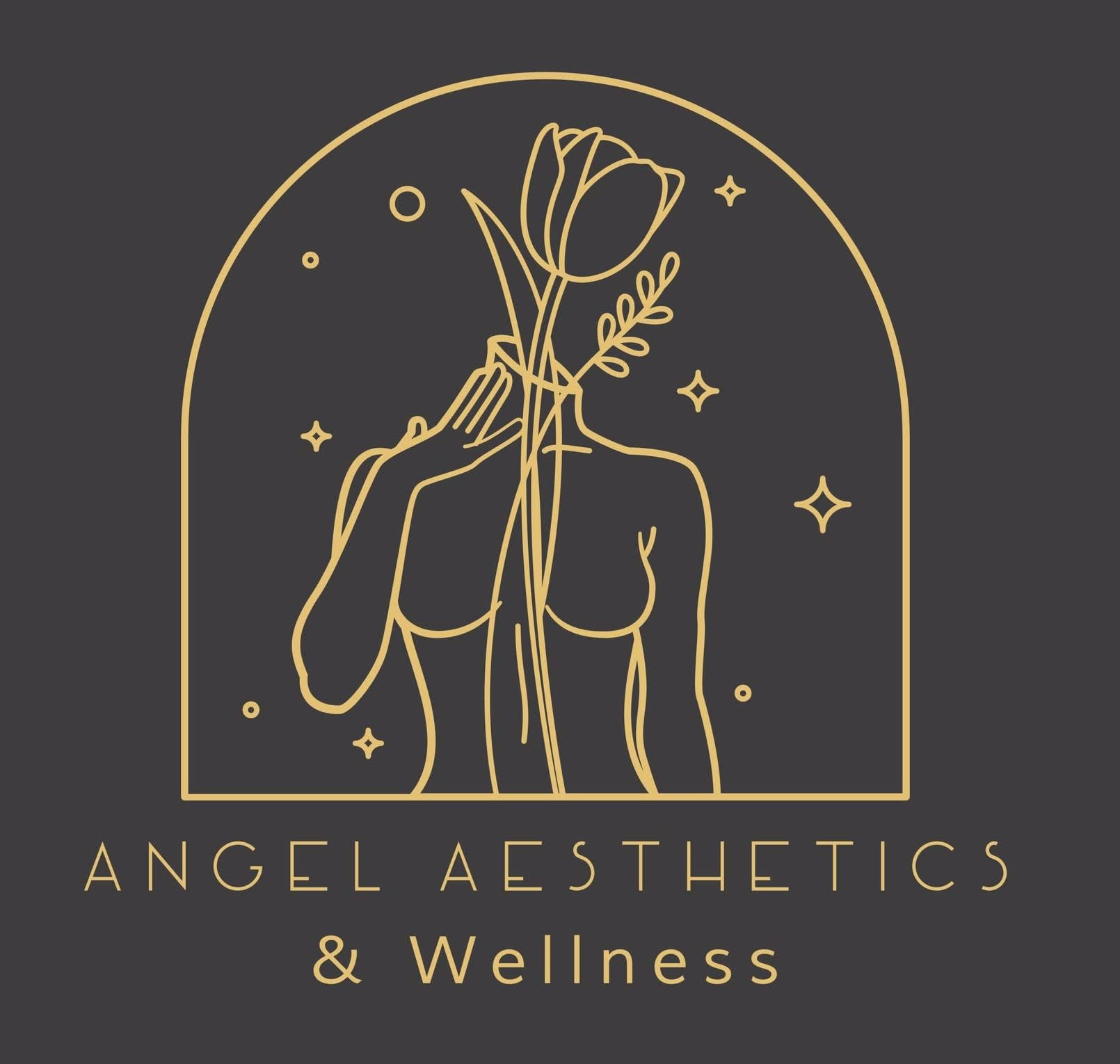What is your skin type, and which skincare is proper for you?

Different Skin Care Needs for Different Ages:
Teens – The focus should be on the basics and forming good skincare habits (staying out of the sun and taking off makeup before going to bed). Anti-blemish and acne treatment products may be necessary if your skin is prone to breakouts.
The 20s – Primary concern should be maintenance and prevention. It would help if you had a ‘basic’ skincare regimen that is right for your skin type. It should have a good moisturizer and a sun protection factor (SPF) of at least 15.
The 30s – Aging, the stress of a career, and pregnancy-all lead to significant changes in your complexion. These may include a few fine lines around your eyes and mouth, some loss of skin tone, and even adult acne. Also, cell turnover begins to slow down in your 30s. You’d want to upgrade your skincare regimen with regular exfoliation and treatment products to reduce fine lines & wrinkles and improve overall radiance.
The 40s – The declining amount of estrogen and UV exposure over the years are starting to break down your skin’s underlying support structure, reducing its ability to retain moisture. This leads to deeper wrinkles and less elasticity and firmness. It would help if you looked for richer creams with more moisturizing capabilities. Increase the frequency of exfoliation, add targeted products for specific regions (such as eye creme), and get periodic restorative and anti-aging treatments.
The 50s and beyond – Many women experience increasingly drier skin at this stage. You should make sure to use the highest quality moisturizing systems. Specific treatment products for dark spots may be necessary.
Various Skin Types
Normal skin
A normal skin type has even pores that are neither reduced nor enlarged on any part of the face. The skin feels soft, supple, and comfortable and does not tend to be shiny or tight. The skin is said to be in balance. This is because normal skin has a balanced sebum production, i.e., the skin has an even distribution of oil and moisture.
Skincare for normal skin
Maintain the skin’s high moisture content with moisturizing skin care products. Increase the chances of maintaining normal, healthy skin for a long time by using a day cream with sun protection. Keep in mind that the skin’s production of natural oils usually decreases with age. So, use supplements with extra moisturizer to prevent skin dryness.
Microneedling is another technique that can benefit normal skin. It’s mainly used to improve skin texture and collagen production, leading to a firmer, smoother, and youthful appearance. Unlike oily or sensitive skin, normal skin is the perfect candidate for micro-needling as it’s the least prone to irritations or dryness. You can get a micro-needing pen for home use or an appointment at a professional salon.
Dry skin
Dry skin type can feel tight, especially right after cleansing your face. It is also characterized by delicate pores, sometimes with pores barely visible. The skin may also be scaly or rough, sometimes even itchy. This is because the skin is lacking in both moisture and oil.
Skincare for dry skin
Use products that are deeply moisturizing and preferably nourishing. Dry skin tends to be sensitive, so soothing or cooling skincare products such as aloe vera may be preferable. Dry skin types often benefit from facial oil treatments. Keep in mind that water dehydrates from the outside, so it’s a good idea to choose a face wash in milk form, so you don’t have to rinse it off with water. Use a facial scrub 1-2 times a week to help the skin remove dead skin cells and excess skin. This is especially important for dry skin. A well-cleansed complexion makes it easier for the skin to benefit from subsequent skin care.
Oily skin
An oily skin type has an overproduction of fat in the sebaceous glands and therefore becomes shiny and glossy. As a result, pores are often large and enlarged, and pimples, blemishes, or blackheads are not uncommon.
Skincare for oily skin
Use skincare products that are moisturizing, lightly absorbent, and have balancing properties. Generally, this type of skincare is slightly thinner and lighter, perhaps even in jelly form, which often has to do with absorbency and feel. A deep cleansing face wash or clay mask is recommended.
A common mistake is for those with oilier skin to use harsh cleansers, such as those containing alcohol, without sufficiently moisturizing the skin afterward. If you dry out the skin, the skin’s defense mechanism is to produce more oil. This, in turn, results in continued oily and shiny skin, which can also tighten or flake due to dehydration. In other words, you should be at least as careful with cleansing as you are with moisturizing and conditioning.
Combination skin
Combination, or mixed skin, is one of our most common skin types. It is characterized by having both oilier and drier parts of the face. Usually, it is the t-zone – forehead, nose, chin – that tends towards normal or oily skin. The t-zone tends to hold the larger pores, with higher sebum production resulting in a shinier skin surface. Meanwhile, the rest of the face, especially the cheeks along the jawline, is often more normal to dry skin type. In other words, combination/mixed skin is exactly what it sounds like: a combination of different skin types.
Visit our Socials!
Ask us anything/ General Questions
Fill out the form and I will personally respond ASAP.
post your question in the comment box.
Some questions may be featured on our social media pages. Please make SURE you FOLLOW.
